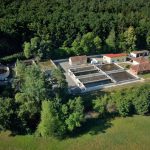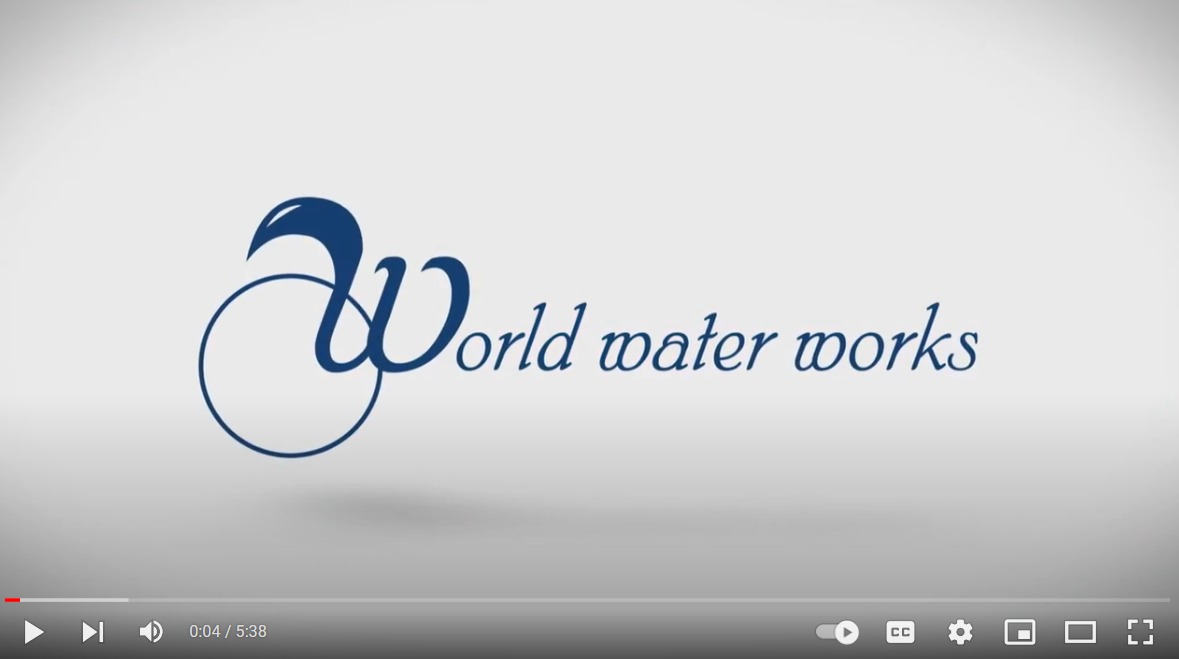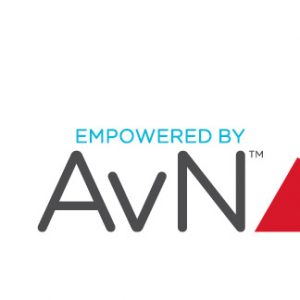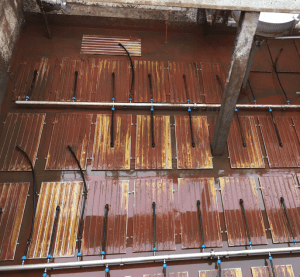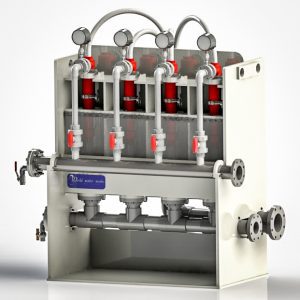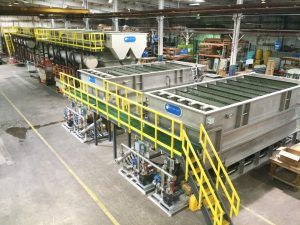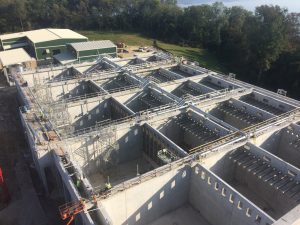What sets it apart?
The BIOCOS® activated sludge process is operated at a constant water level during the whole process cycle, and therefore represents a hybrid technology (Biological Combined System) comprising features of continuous flow and SBR systems.
How does it work?
BIOCOS, developed at the University of Innsbruck, Austria, is a cyclic activated sludge system with an aeration tank hydraulically connected to two alternating sludge recycling and settling tanks. The effluent valve of one of the settling compartments is open allowing the feed flow to the aeration tank to push out the supernatant water from the corresponding settler. No RAS pump-station or any electro-mechanical equipment for mixing or recycling is required – all phases of the operation cycle are exclusively driven by pressurized air from the same blower-source saving a lot of effort in operation and maintenance.
Sludge Recycle (RAS) Phase: Recycling of the thickened bottom layer of the settled sludge blanket from the ALT-tank to the selector zone of the AIR-reactor is provided by means of an air-lift. The transfer of the compressed sludge layer allows for a 50% higher MLSS in the aeration tank vs the settler compartments.
Mixing (MIX) Phase: The ALT-tanks are mixed by a roll current induced by coarse bubble aeration for a few minutes. High mixing intensity homogenizes and re-aerates the anoxic sludge blanket.
Sedimentation (SED) Phase: Settling sludge blanket creates formation of a floc-filter for fine particle removal and development of a dense bottom sludge layer.
Discharge (DIS) Phase: Intermittent aeration in the AIR-tank for nitrogen removal and continuous discharge of supernatant water from ALT-tank (no water level variation).
Benefits
- Enhanced Bio-P activity – Biomass minimizes demand for chemical phosphorus precipitation
- Small tankage – Reliably improved settling performance due to densified biomass significantly reduces overall system volume
- Post-denite capability – Typically up to 50% of the nitrogen removal occurs in the sludge blanket of the settling compartments and therefore this post-denitrification approach is highly suitable for low BOD/N ratios in the feed
- Low fine particles – Sequenced settling of the sludge blanket forms a floc-filter which reliably removes fines, producing an effluent low in suspended solids suitable for water reuse
- Simple O & M – No mechanical equipment within the aeration tank and the settlers while blower air is utilized for RAS-recycle and mixing resulting in low maintenance requirements
- Low space demand – Common-wall construction allows for a compact footprint with the reduced need for external piping runs and recycle pumpstation
- Less energy demand – Substantial savings due to lack of mechanical devices while the addition of AvN®-control reduces the aeration demand for nutrient removal
- Capital investment savings – Lower investment costs due to lack of mechanical equipment (only blowers and in-tank piping compared to scrapers, mixers, recycle-pumps) and common wall construction between the AIR and ALT Reactors
- Innovative but proven technology – more than 100 reference plants
